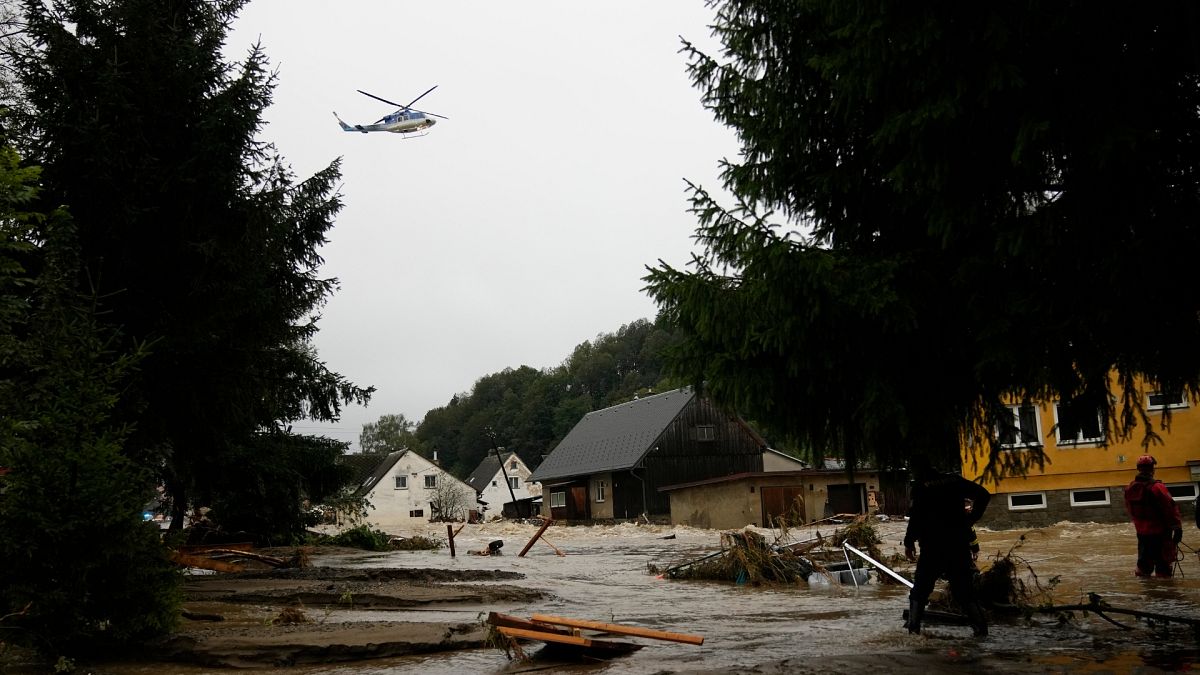Years of research have outlined nine processes that help to keep the planet’s life support systems stable.
Earth is far outside the safe operating zone for humanity and rapidly approaching a state of “red alert”, according to a new report on planetary health.
Scientists have drawn on a wide array of peer-reviewed research to create the Planetary Health Check. They say it is a “first-of-its-kind” scientific report and tool for measuring the health of the Earth’s vital organs that serve as humanity’s life support system.
Years of research from the Potsdam Institute for Climate Impact Research (PIK) have outlined nine processes that help to keep these life support systems stable including climate change, stratospheric ozone depletion and land system changes. These are known as the ‘Planetary Boundaries’.
The thresholds beyond which these processes can no longer function properly have already been breached for six out of the nine boundaries. We’re close to breaching a seventh planetary boundary and may have already crossed it.
“The overall diagnostic is that the patient, Planet Earth, is in critical condition,” says Johan Rockström, PIK Director and pioneer of the Planetary Boundaries Framework.
“Six of nine Planetary Boundaries are transgressed. Seven Planetary Boundary processes show a trend of increasing pressure so that we will soon see the majority of the Planetary Health Check parameters in the high-risk zone.”
What Planetary Boundaries have been breached?
The report finds that climate change, the introduction of novel entities (like synthetic chemicals or microplastics), changes in biosphere integrity (the integrity of all living organisms on Earth) and modification of biogeochemical flows (disruption of the natural nutrient cycles) are in high-risk zones.
Planetary Boundaries have also been crossed for land system change and fresh water change but to a lesser extent. All of the breached boundaries appear to be getting worse according to the data.
The seventh boundary at risk is ocean acidification. Levke Caesar, PIK scientist and one of the lead authors of the report, told a briefing outlining its findings that while the indicator for ocean acidification is currently still within the safe operating space, it is approaching the threshold for transgression. She added that while ocean acidification is getting worse worldwide, its effects are most pronounced in the Southern Ocean and Arctic Ocean.
Of the remaining two boundaries, research shows stratospheric ozone depletion has remained stable and there has been a minor improvement in atmospheric aerosol loading.
“When we look at the trends of Earth’s health indicators, we see that soon the majority of them will be in the high-risk zone. We need to reverse this trend. We know that all Planetary Boundary processes act together and each one needs protection to protect the whole system,” says Boris Sakschewski, lead author of the report.
Breaching boundaries bring Earth closer to irreversible tipping points
Historically environmental changes like biodiversity loss, climate change or pollution have been addressed separately. But the researchers stress that these issues are inherently interconnected and collectively impact the planet’s overall health.
As multiple boundaries are breached, they say the risk of permanently damaging Earth’s life support functions and the probability of crossing irreversible tipping points increases.
“Our updated diagnosis shows that vital organs of the Earth system are weakening, leading to a loss of resilience and rising risks of crossing tipping points,” Caesar explains.
“The message is clear, local actions impact the planet, and a planet under pressure can impact everyone, everywhere. Securing human wellbeing, economic development, and stable societies requires a holistic approach where the protection of the planet takes centre stage.”
Rockström adds that the team’s scientific update shows how, regardless of what scale we operate on, we need to consider the impact of actions on a planetary scale.
“Stewardship of the planet is necessary in all sectors of the economy and in societies, for security, prosperity and equity. By quantifying the boundaries for a healthy planet, we provide policy, economics and business with the tools needed to steer away from unmanageable risks.”

